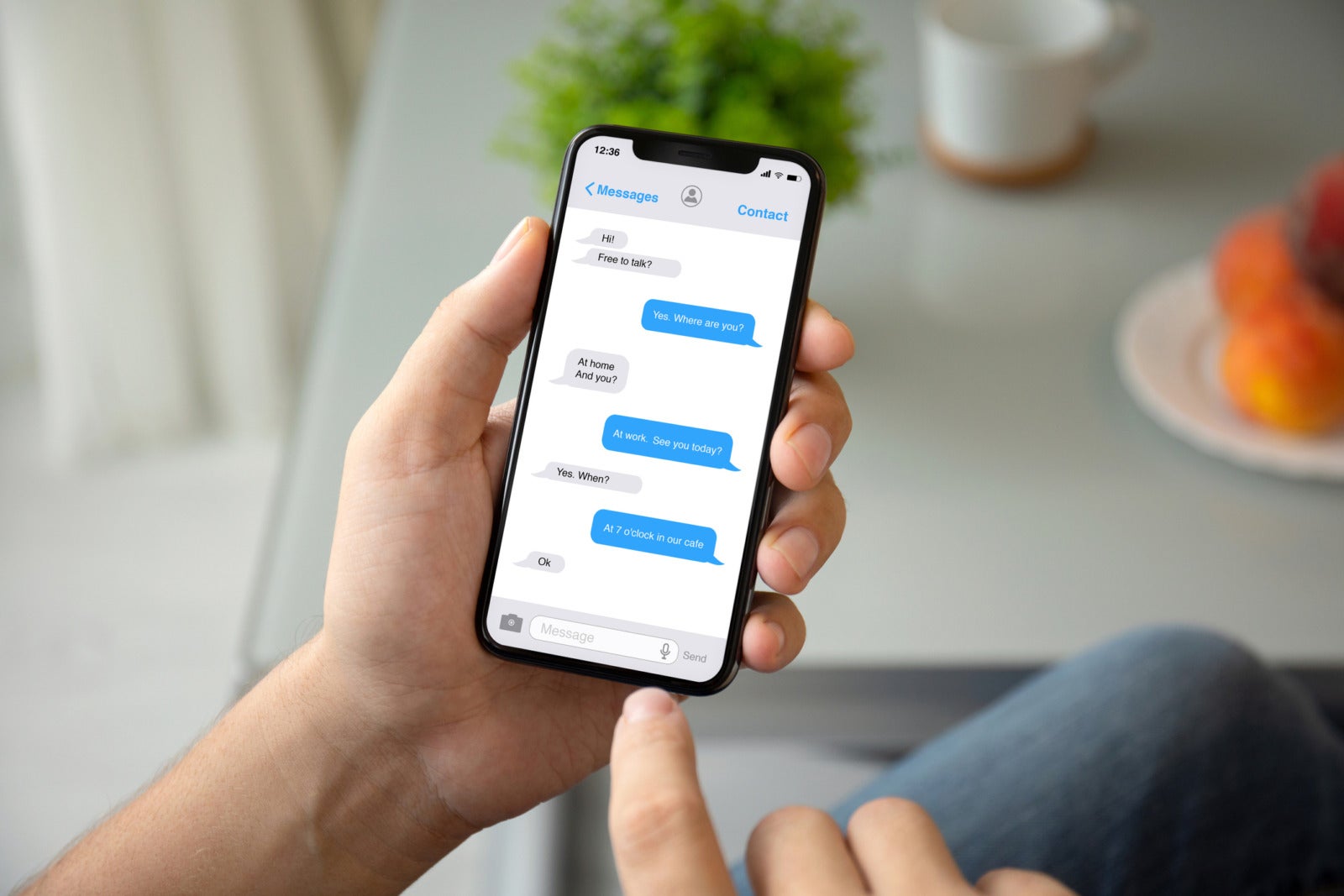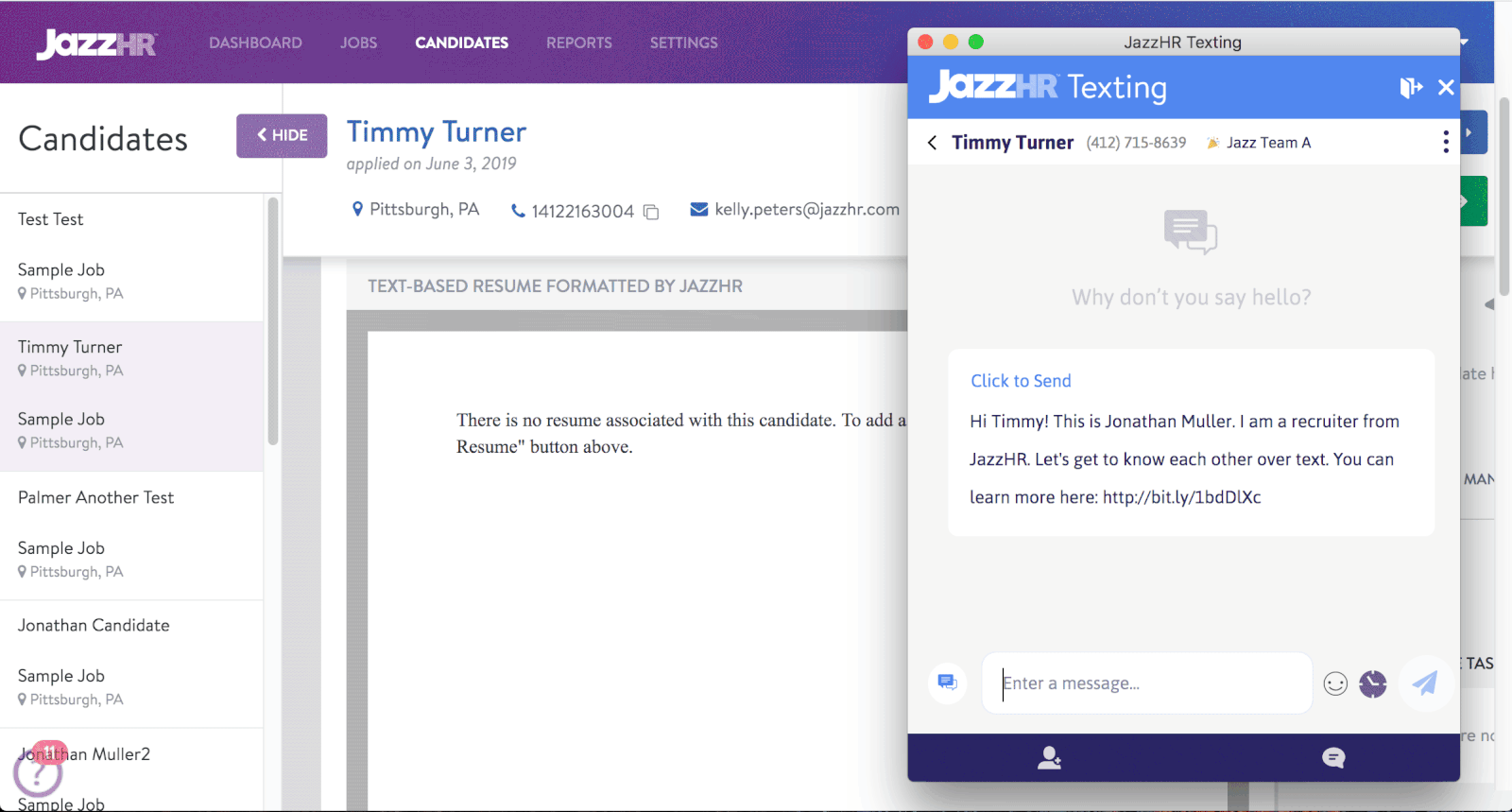
Introducing JazzHR Texting: Better Connect with Candidates
JazzHR is thrilled to announce the release of JazzHR Texting, our new and advanced sourcing and nurturing tool to help talent acquisition teams like yours modernize their entire recruiting process by connecting with top talent faster — wherever and they are — right from JazzHR.
Why we added JazzHR Texting to our ATS
The average smartphone user in the U.S. touches his or her phone more than 150 per day and spends more time texting than calling or emailing. Job seekers are no exception to this trend.
Reaching candidates where they’re most accessible, on their phones, arms recruiters and hiring managers with a competitive edge, empowering them to communicate, share updates and reminders with candidates via their most-used form of communication.
Leveraging JazzHR’s Texting will allow your team to:
- Increase engagement: Text messages are read over 95% of the time. Boost candidate interest and responsiveness throughout the recruiting process with real-time text conversations.
- Speed time to hire: 95% of text messages are read within three minutes. Move candidates through your recruiting funnel more quickly by sending follow-ups, interview reminders and proactive outreach via text.
- Stand out in a crowded job market: The average employee gets 120+ emails a day. Stay top of mind by reaching mobile-centric candidates on their phones, where they’re most accessible.
How JazzHR texting works
Once you’ve added JazzHR Texting to your account and installed the Canvas extension (which powers this functionality), head to any Candidate Profile to start sending text messages.

Candidate responses will sync directly to the Candidate Profile for easy convo tracking. Prefer to text from your phone also? Download the Canvas mobile app from the Apple App Store or Google Play Store.
Get more info on our JazzHR Texting feature and discover how our ATS can elevate your recruiting and hiring performance. Schedule a one-on-one demo with our team of experts today.







Leave a Reply
You must be logged in to post a comment.